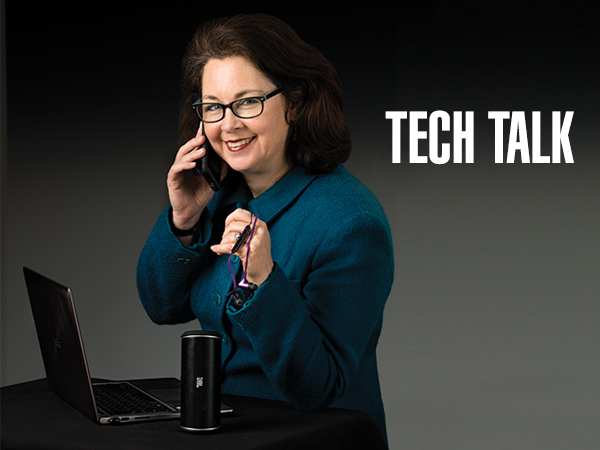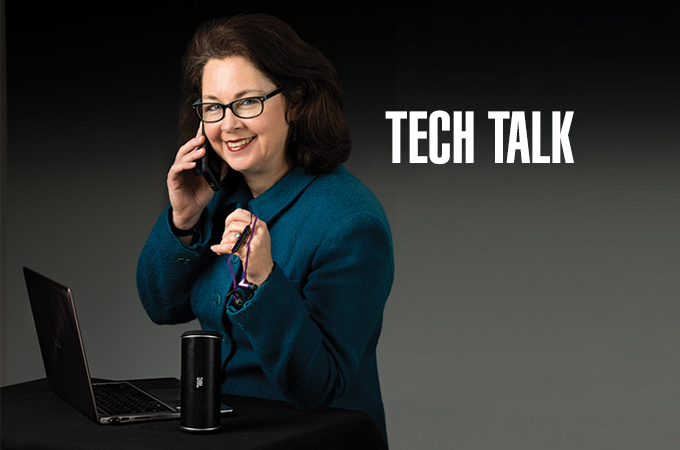how to avoid email scams
We all have received sketchy emails that are clearly scams. They used to be easy to spot. There were incomplete sentences and misspelled words. You didn’t recognize the name of the person who sent the email, and they asked you to wire funds or send them money for weird reasons. Thanks to advancements in technology, scammers now are sending targeted emails to specific people. Here are ways to make sure you don’t fall for what’s fake.
▶ Sanity check. If you receive an email and it doesn’t make any sense, ignore it. Emails with incomplete sentences, grammar issues and spelling errors that ask you to send money should raise a red flag. If the request is out of the ordinary or not a normal ask, consider it suspicious.
▶ Verify before acting. If you receive an email from your boss or significant other asking you to make large purchases of gift cards, send them money or do them a favor, ask them if it is a valid request, but do not reply to the email. Contact the person requesting the favor in a different way; call them, text them or ask them in person. I also recommend not giving out any credit card information to people who call you. Even if the caller ID looks valid, it could be a scam.
▶ Check the email address. When we read emails, we see the sender’s name but not always their email address. When we recognize the name, we assume it must be a valid email. But if the request is about money or making a purchase, check that the actual email address matches the person sending the email. For example, I received an email from the Town&Style editor, but her address didn’t show.
With most emails, you can click on the name or expand the message to see the details of the sender. You should check the name and company or domain of the email address. For example, if the email says it is from Karyn Williams [kwskas@gmail.com], I would question it. Why? The email came from gmail.com, but I would expect it to come from townandstyle.com. Also, I know that people from Town&Style use their names rather than random letters in the email address.
▶ Don’t share sensitive personal information. You should never send personal information in unsecured emails. This includes bank account information, gift card or credit card data, your social security number, driver’s license number or login information.
▶ Click with care. Be careful when clicking links in emails, even from people you know. If you receive an email from your credit card company or your bank, don’t click the link. Go to the company website and log in from there. Be careful when you Google the company website as well. Make sure the link (URL/domain) matches the company name as expected.
I hope this information keeps you from being scammed. If in doubt, delete the email. Avoid sending people money without verifying the request. It’s always best to be cautious!
Sheila Burkett is an information technology expert and CEO of Spry Digital, an interactive design agency delivering smart digital solutions. Follow Spry Digital on Twitter (@sprydigital), Facebook (facebook.com/sprydigital), Instagram (@sprydigital) or LinkedIn (linkedin.com/company/spry-digital-llc).








